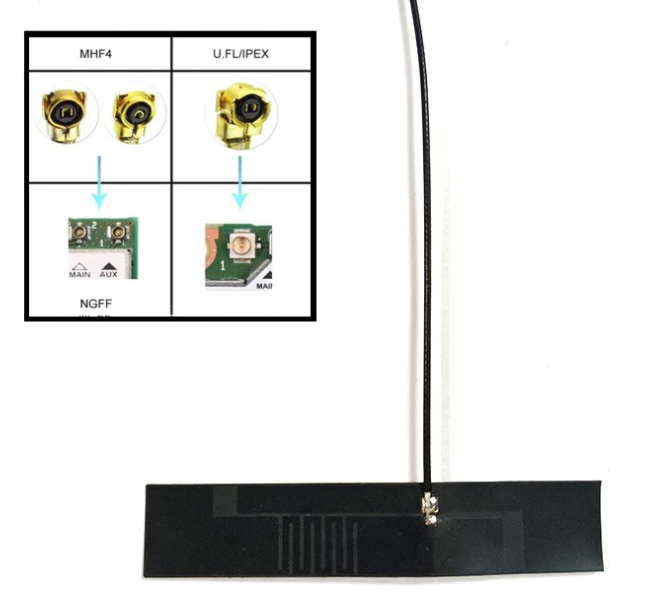4G PCB antenna application
Introduction:
4G mobile network technology has revolutionized the way we communicate and access the internet in our everyday lives. One of the critical components of 4G technology is PCB (Printed Circuit Board) antennas. PCB antennas are designed to transmit and receive signals that provide better network coverage with improved signal strength and stability.

In this paper, we explore the technology behind PCB antennas and the critical factors that affect their performance.
Overview:
PCB technology has long been used for producing electronic devices like computers, smartphones, and televisions. With the advent of 4G technology, PCB antennas have become an essential component of mobile devices. PCB antennas are made up of a metal layer on a dielectric substrate, and their shape and size can affect their ability to transmit and receive signals. They are also subject to various environmental factors that can impact their performance.
Factors affecting PCB antenna performance:
1. Design:
The design of a PCB antenna is a crucial factor in its performance. The shape, size, and arrangement of the antenna on the PCB board can affect its ability to transmit and receive signals. The circuit board's thickness and material are also factors that can affect the antenna's performance.
2. Frequency:
The frequency of the signal being transmitted also affects the performance of the antenna. As the frequency of the signal increases, the antenna's size also increases, and its ability to receive and transmit signals can decrease.
3. Environment:
The environment in which the antenna operates plays a critical role in its performance. Environmental factors like temperature, humidity, and electromagnetic interference can affect the signal strength and stability of the antenna.
4. Integration:
The integration of the antenna with other components of the mobile device can also affect its performance. For example, integrating the antenna with a battery or other metal components can introduce interference and reduce signal strength.
5. Manufacturing:
The manufacturing process of the PCB antenna can also affect its performance. Factors like tolerances, surface finish, and material selection can affect the antenna's electrical performance.
Implications and applications:
PCB antennas are used in many applications, including mobile devices, home routers, and wireless IoT devices. The technology behind these antennas has enabled better network coverage, increased signal strength, and improved stability. Manufacturers are continuously improving PCB antenna technology to enhance their performance and integrate them with other components of mobile devices.
Conclusion:
PCB antennas have become an essential component of 4G mobile technology. The design, frequency, environment, integration, and manufacturing process of PCB antennas are all factors that can affect their performance. Manufacturers are continually improving antenna technology to enhance their performance and integrate them with other components of mobile devices. PCB antennas have revolutionized the way we communicate and access the internet, and their continued development will enable even better network coverage and faster data transfer speeds.





